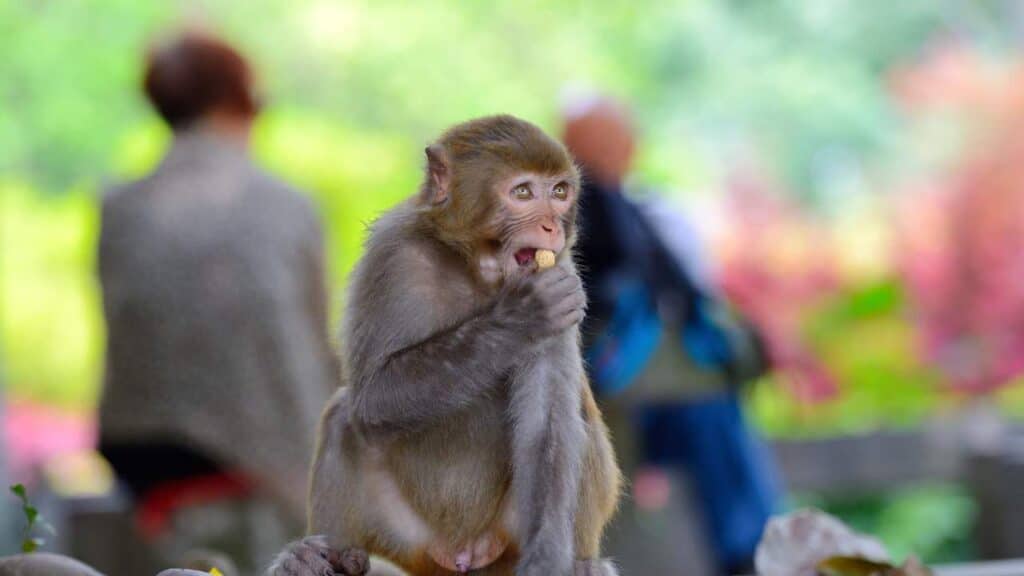Jealousy is a powerful emotion experienced across the animal kingdom, from the complex social structures of humans to the intricate communities of non-human primates. While jealousy might seem like a uniquely human experience, recent research reveals that our reactions to this emotion share striking similarities with those of our closest relatives, the monkeys.
Understanding these parallels not only sheds light on the evolutionary roots of jealousy but also provides insight into the nature of this deeply ingrained emotion.
The Nature of Jealousy
Jealousy is a multifaceted emotion typically characterized by feelings of insecurity, envy, and resentment, often triggered when a person perceives a threat to a valued relationship or status. In humans, jealousy can manifest in various forms, from romantic jealousy to jealousy over professional or social status. It plays a significant role in personal relationships and social interactions, influencing behaviors and decision-making.
In non-human primates, jealousy is similarly linked to social dynamics. Primates, like monkeys, live in complex social groups where hierarchies and relationships are central to their daily lives. As such, jealousy among primates often revolves around competition for social rank, mating opportunities, and resources.
How Monkeys Experience Jealousy
Studies have shown that monkeys exhibit behaviors and physiological responses that parallel those observed in humans experiencing jealousy. One key finding is that, like humans, monkeys display distress and agitation when they perceive that another member of their group is receiving attention or resources that they feel they deserve.
In experiments where monkeys are exposed to situations that evoke jealousy, such as witnessing a preferred individual receiving food or grooming from a group member, researchers have observed signs of agitation, such as vocalizations, aggressive behaviors, and attempts to intervene. These reactions suggest that monkeys experience jealousy in a way that is functionally similar to human experiences of the emotion.
The Evolutionary Roots of Jealousy
The similarities in how humans and monkeys react to jealousy may be rooted in our shared evolutionary history. Both species have evolved to live in social groups where competition for resources, status, and mating opportunities plays a crucial role in survival and reproduction. Jealousy, in this context, can be seen as an adaptive emotion that helps individuals navigate social hierarchies and maintain their standing within the group.
In humans, jealousy can drive behaviors that reinforce social bonds, such as seeking reassurance or addressing perceived threats to a relationship. Similarly, in monkeys, jealous behaviors can serve to assert dominance, establish boundaries, and ensure access to resources or mates. The evolutionary function of jealousy in both species highlights its role in maintaining social balance and promoting individual fitness.
Behavioral Parallels
Several studies have highlighted behavioral parallels between human and monkey reactions to jealousy. For example:
- Social Disruption: In both humans and monkeys, jealousy can lead to social disruption. Monkeys might display aggressive or disruptive behaviors in response to jealousy, such as displacing other group members or attempting to monopolize resources. Similarly, human jealousy can lead to conflicts or disruptions in relationships and social groups.
- Emotional Distress: Both species experience emotional distress when faced with jealousy-inducing situations. Monkeys might show signs of stress, such as increased heart rate or vocalizations, when they perceive a threat to their social standing or access to resources. Humans similarly experience emotional turmoil and anxiety when confronted with jealousy.
- Competition and Rivalry: Jealousy often fuels competition and rivalry in both humans and monkeys. Monkeys might engage in competitive behaviors to outmaneuver rivals or gain favor with dominant individuals. Humans, too, may engage in competitive behaviors to assert their value or improve their status within a social or professional context.
Implications for Understanding Jealousy
The similarities in how humans and monkeys react to jealousy offer valuable insights into the nature of this emotion. By studying jealousy in non-human primates, researchers can gain a better understanding of the underlying mechanisms and evolutionary functions of the emotion. This knowledge can enhance our understanding of human behavior and provide a broader perspective on the role of jealousy in social interactions.
Furthermore, exploring these parallels can inform approaches to managing jealousy in various contexts, such as in relationships or workplace environments. By recognizing the commonalities in how jealousy manifests across species, individuals and professionals can develop strategies to address and mitigate the effects of jealousy, leading to healthier and more balanced social dynamics.
Conclusion
Jealousy, often perceived as a uniquely human emotion, shares significant similarities with the experiences of our closest relatives, the monkeys. The behavioral and physiological parallels between human and monkey reactions to jealousy reveal the deep evolutionary roots of this complex emotion.
Understanding these similarities not only enriches our knowledge of jealousy but also offers insights into the broader dynamics of social behavior and interpersonal relationships. As we continue to explore the nuances of jealousy across species, we gain a deeper appreciation for the intricate ways in which this emotion shapes our interactions and influences our lives.

